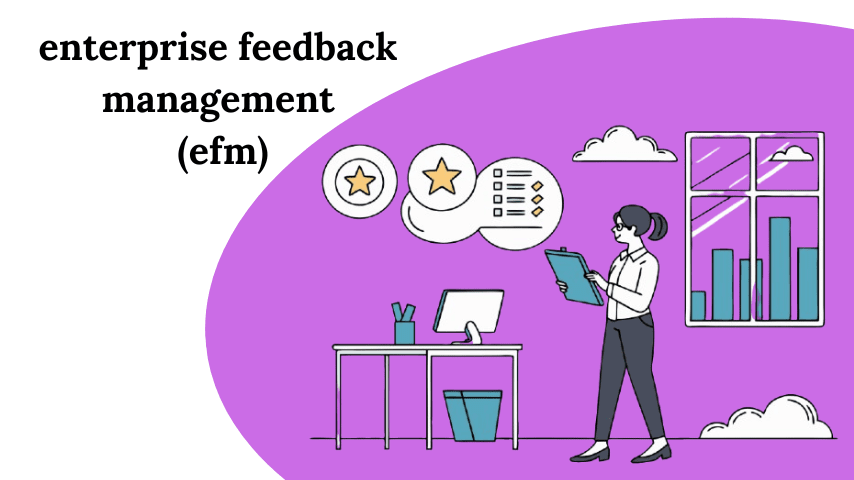
How to Configure Enterprise Feedback Management
Learn how to configure enterprise feedback management effectively with step-by-step guidance, tips, and best practices.

© 2024 Crivva - Business Promotion. All rights reserved.